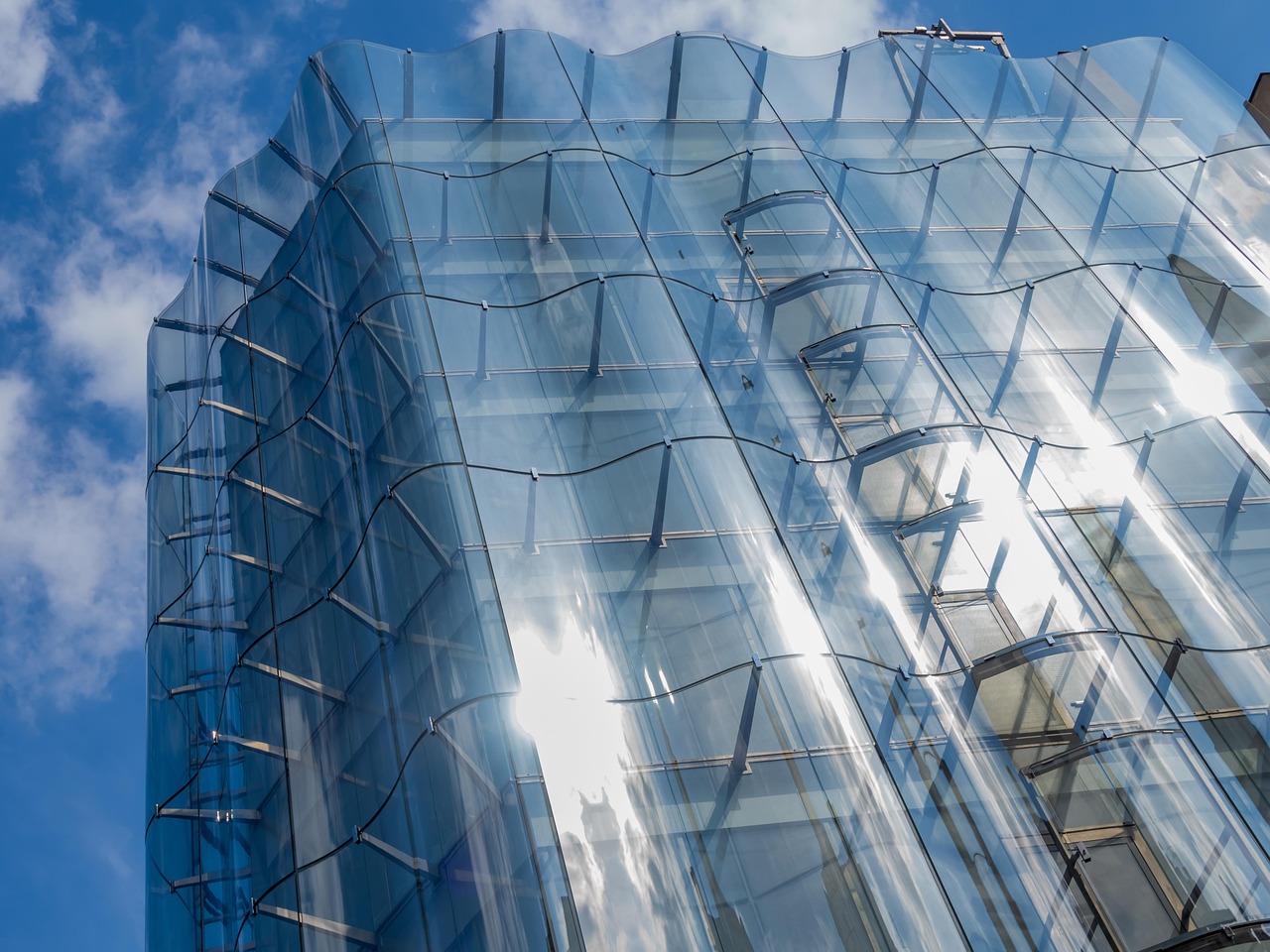Biophilic design is reshaping the way we think about architecture by emphasizing our innate connection to nature. Rooted in the concept that humans thrive when surrounded by natural elements, biophilic design integrates features such as natural light, vegetation, water, and organic materials into built environments. This approach not only enhances aesthetic appeal but also improves occupant well-being, productivity, and sustainability, making it a powerful trend in modern architecture.
Incorporating biophilic principles means designing spaces that bring the outdoors inside—through large windows, green walls, indoor gardens, and natural ventilation. These elements help reduce stress, boost mood, and improve air quality, creating healthier environments for residents and workers alike. Materials like wood, stone, and natural fibers add texture and warmth, fostering a sensory connection to the natural world even in urban settings. Additionally, biophilic design supports sustainability by promoting energy efficiency and encouraging the use of renewable resources.













Leave a Reply